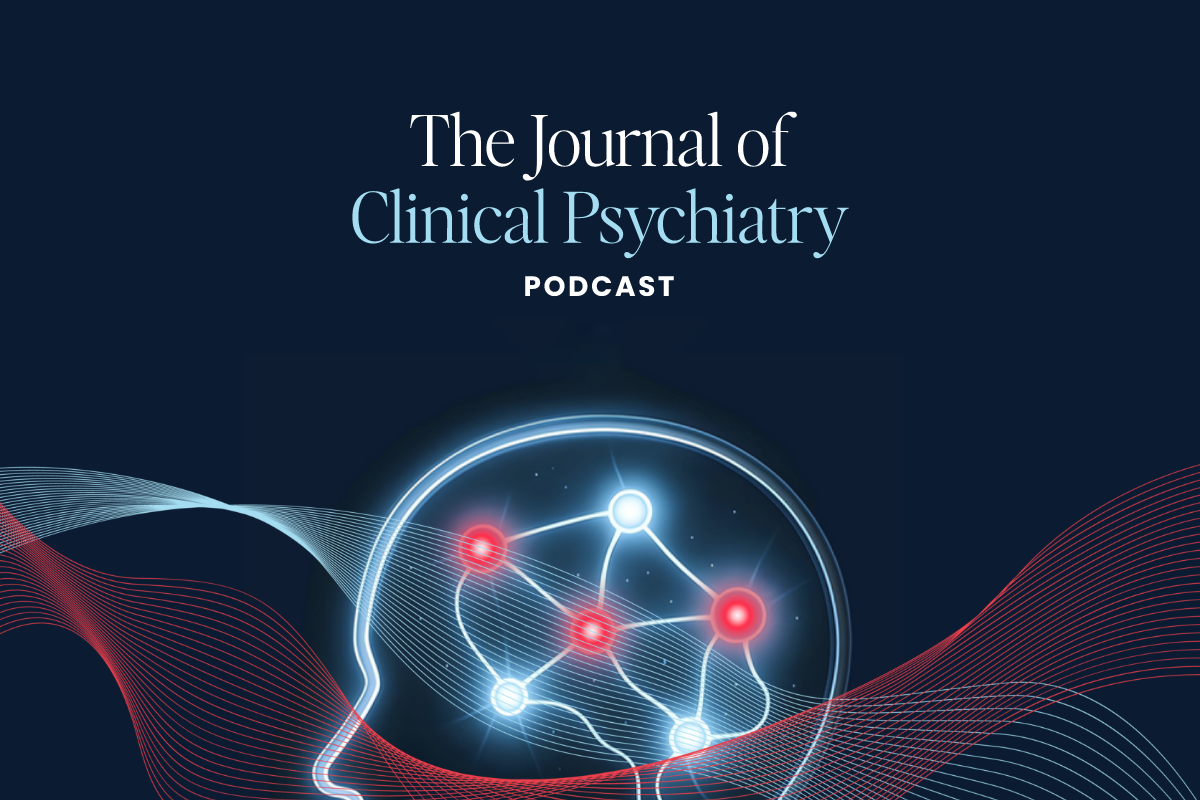An Aging Biology mouse study isolated so-called “chaperone” molecules that could slow the formation of certain proteins associated with Alzheimer’s disease. These molecules may help reverse disease, including memory impairment, according to the researchers at the Perelman School of Medicine at the University of Pennsylvania who conducted the investigation.
Unfolding Alzheimer’s Theory
Protein misfolding and accumulation are some of the hallmark features in Alzheimer’s. When this damage occurs, brain cells struggle to maintain protein balance (known as proteostasis), and also overproduce a harmful protein called Aβ. However, scientists aren’t sure if rebalancing neuroproteins will help improve symptoms for the more than six million Americans living with Alzheimer’s.
To explore this theory, the U Penn researchers used mice genetically predisposed to Alzheimer’s. They introduced a compound known as 4-phenylbutyrate (PBA) into the rodents, specifically targeting the hippocampus – the brain’s memory hub. PBA is known for assisting in the correct folding and functioning of proteins. By acting as a cellular ‘chaperone’, PBA helps maintain protein balance and functionality, which is thought to be crucial for addressing Alzheimer’s symptoms.
The researchers divided the mice into different groups, applying treatments at various stages of the disease’s progression. Some groups received the chaperone treatment early in their symptom development, while others received it at later stages, mimicking early and advanced Alzheimer’s in humans. This approach allowed the scientists to assess the effectiveness of the treatment across different stages of the disease.
Encouraging Findings
The results were quite promising. Mice treated with PBA showed improvements in cognitive functions, as assessed by various behavioral tests. Both early and late intervention groups showed these benefits, indicating the chaperone treatment’s effectiveness across various stages of disease progression.
In addition to improved cognitive performance, the treated mice also exhibited signs of better protein balance within their brain cells. The treatment led to a decrease in cellular stress markers, especially in the hippocampus, an area often severely impacted by Alzheimer’s disease.
Furthermore, the treatment led to an increase in the levels of certain beneficial proteins and a decrease in toxic Aβ proteins. This finding is particularly significant because it suggests that the treatment does more than ameliorate symptoms. It might also target and mitigate underlying cellular dysfunctions in Alzheimer’s.
At the molecular level, PBA seemed to ensure that proteins folded correctly, thereby preventing the formation of harmful protein aggregates. This was particularly important for preventing an accumulation of Aβ. By promoting proper protein folding, PBA also helped maintain cellular homeostasis. Overall, the mechanism not only alleviated symptoms, it targeted the fundamental pathological processes in Alzheimer’s disease.
“By generally improving neuronal and cellular health, we can mitigate or delay disease progression,” said study senior author Nirinjini Naidoo, PhD, a research associate professor of Sleep Medicine. “In addition, reducing proteotoxicity—irreparable damage to the cell that is caused by an accumulation of impaired and misfolded proteins—can help improve some previously-lost brain functions.”
Future Study
Currently, doctors use PBA therapy mainly to treat urea cycle disorders. It has a well-established safety profile in humans though it’s unclear if that will remain the case when used in Alzheimer’s.
However, mice are not people. Ultimately, comprehensive human trials will have to confirm any clinical benefits for humans. But the study offers a new direction in Alzheimer’s research. It paves the way for novel therapeutic strategies for treating Alzheimer’s and other causes of dementia by focusing on the associated cellular mechanisms.
Further Reading:
How One Woman’s Genetic Anomaly Shielded Her Against Alzheimer’s
How the ‘Big 5’ Personality Traits Influence Dementia Risk
Screening, Assessment, and Pharmacologic Treatment of Mild Cognitive Impairment



